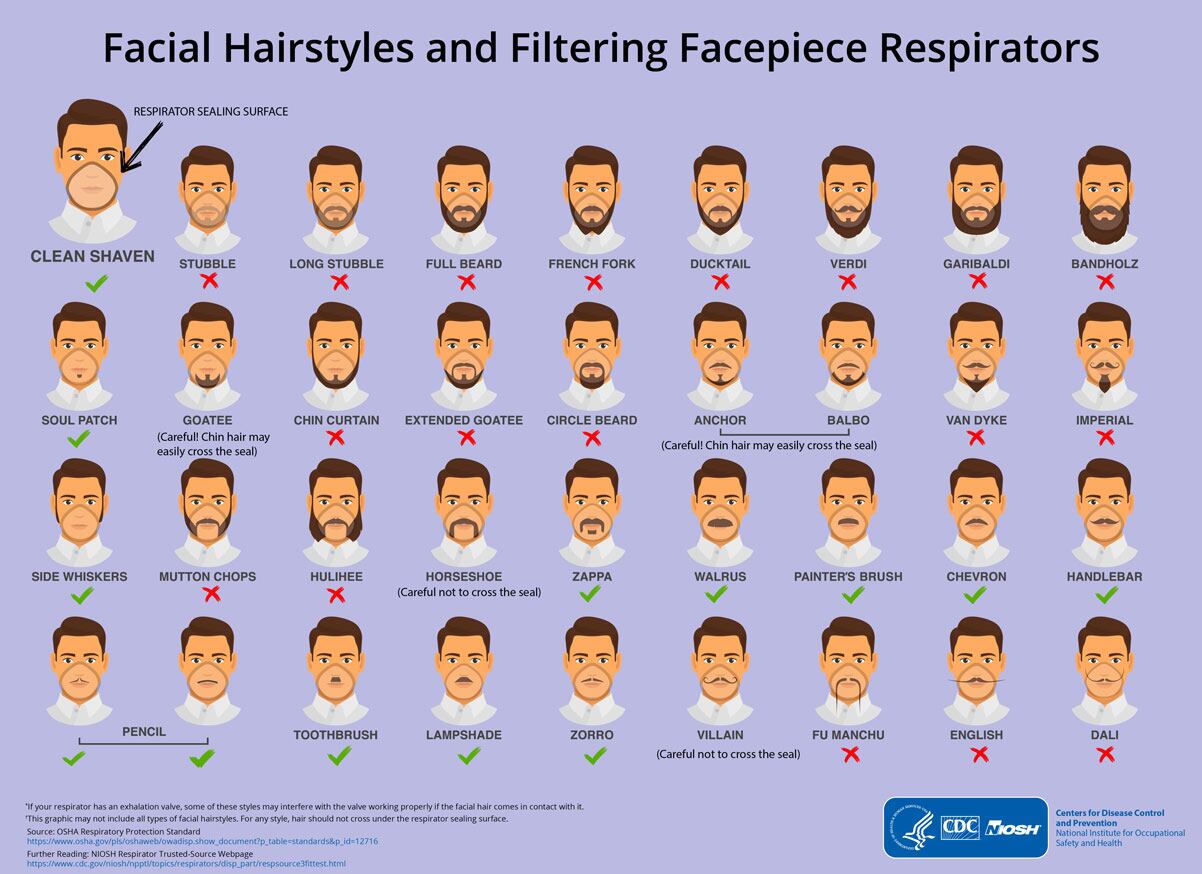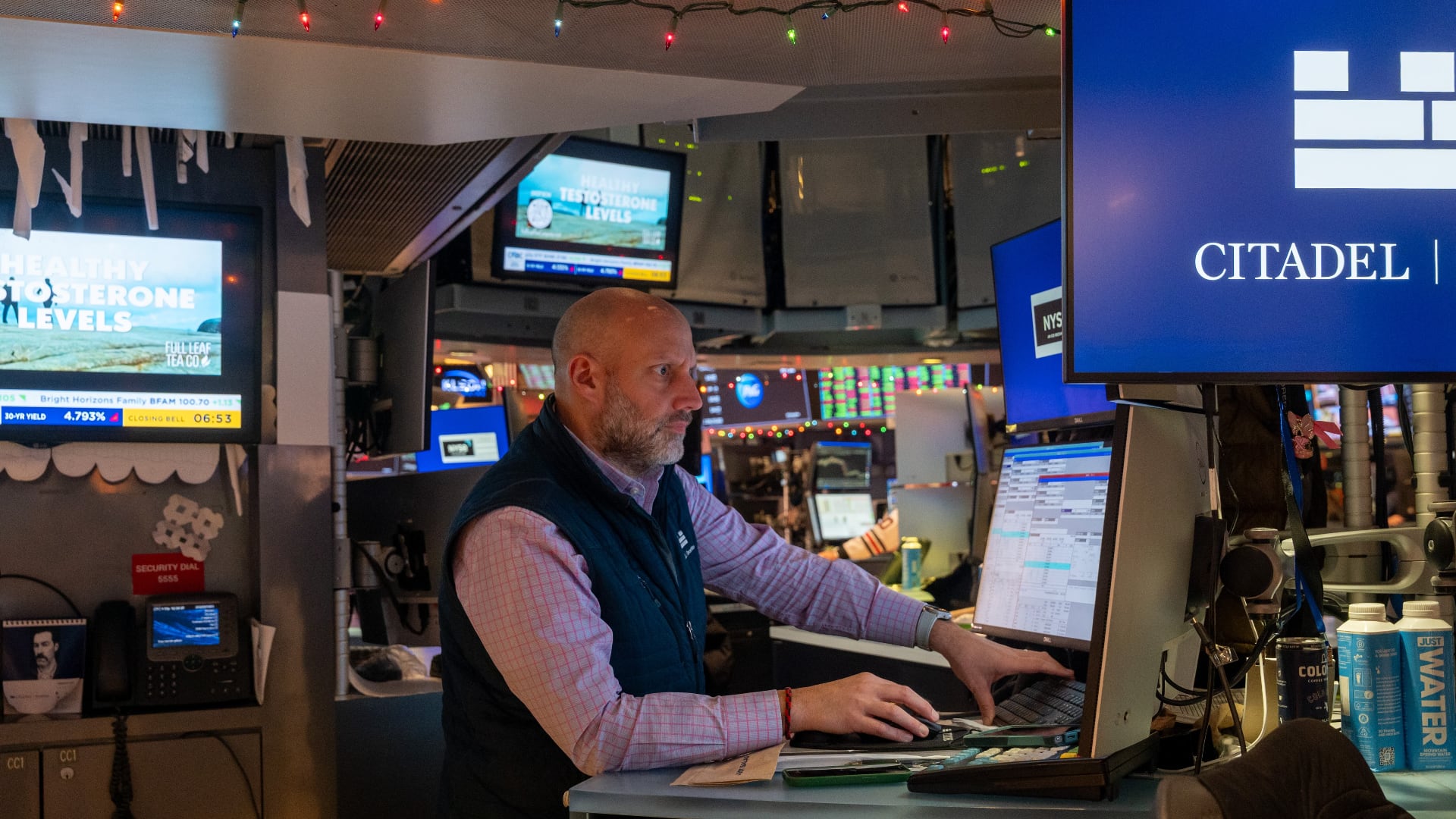A CDC infographic meant to help people figure out the best facial hair choices if they have to wear a tight-fitting respirator has gotten new life amid fears about the spreading coronavirus.
The U.S. Centers for Disease Control and Prevention released the lighthearted guide back in November 2017 to coincide with Movember, the month-long campaign that encourages people to grow mustaches to bring attention to men's health issues such as prostate cancer.
The helpful hints to prevent hairy faces from interfering with workplace face masks and respirators recently resurfaced now that people are considering breathing filters to help avoid catching the COVID-19 illness that is spreading globally.

"Ensuring the respirator seal is a vital part of respiratory protection practices. Facial hair that lies along the sealing area of a respirator, such as beards, sideburns, or some mustaches, will interfere with respirators that rely on a tight facepiece seal to achieve maximum protection," states the CDC page for the No Shave November campaign. "Facial hair is a common reason that someone cannot be fit tested."
In order to avoid breaking the seal, the federal agency recommends remaining clean-shaven. But, to accommodate those men participating in Movember, the CDC graphic depicts acceptable facial-hair styles.
"Halloween is over. So put away those werewolf, Forrest Gump, and Rubeus Hagrid costumes. Instead, if you are going to participate in one of these facial-hair frenzied campaigns, channel your inner Frank Zappa, Rhett Butler, or Zorro," go CDC advises. "When’s the last time you rocked a good soul patch? (The official NIOSH recommendation is to listen to some classic jazz while trimming this particular style.)"
Some facial hairstyles that make the cut:
Some problematic facial hairstyles:
The sage counsel on hair stylization was meant for the particular men's health movement and how to make it fit with workplace safety gear, and not necessarily for the current respiratory disease that's causing some global concerns. In fact, the CDC, in response to questions about face masks in light of COVID-19, isn't advocating public use of face masks in the United States at this time.
"CDC does not recommend the routine use of respirators outside of workplace settings (in the community). Most often, spread of respiratory viruses from person-to-person happens among close contacts (within 6 feet). CDC recommends everyday preventive actions to prevent the spread of respiratory viruses, such as avoiding people who are sick, avoiding touching your eyes or nose, and covering your cough or sneeze with a tissue. People who are sick should stay home and not go into crowded public places or visit people in hospitals. Workers who are sick should follow CDC guidelines and stay home when they are sick."








